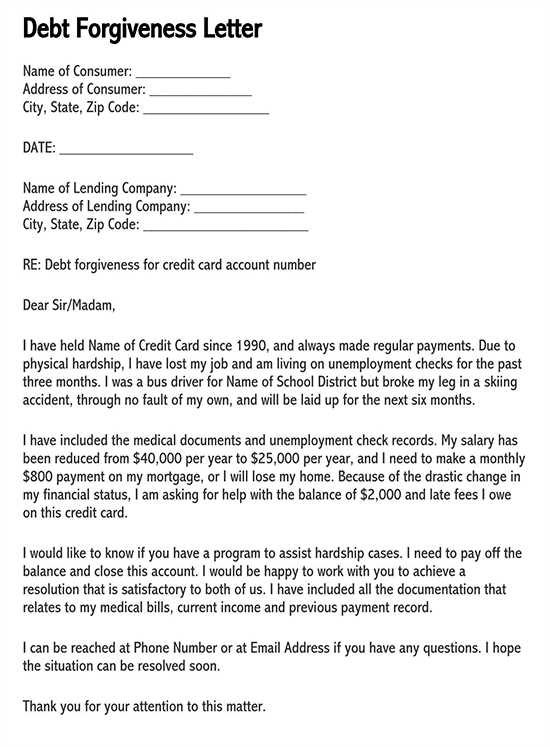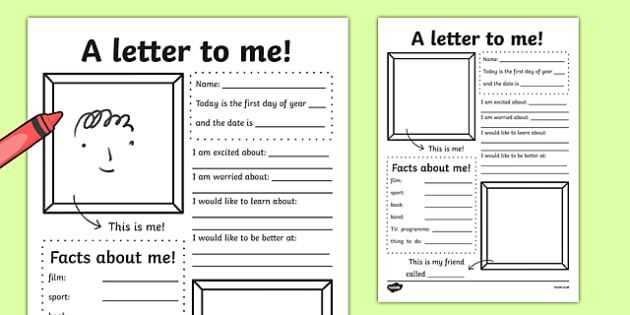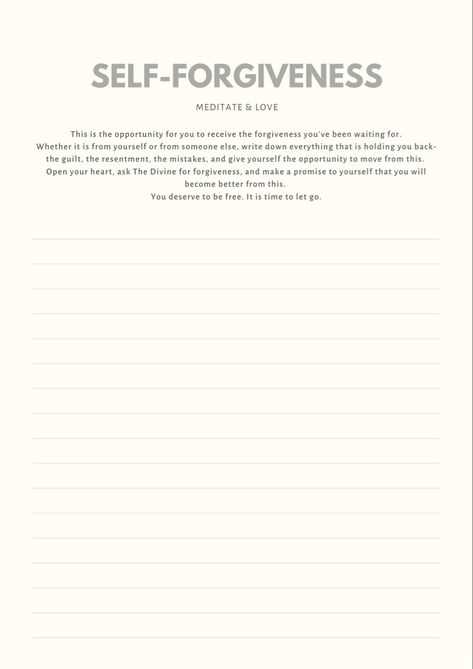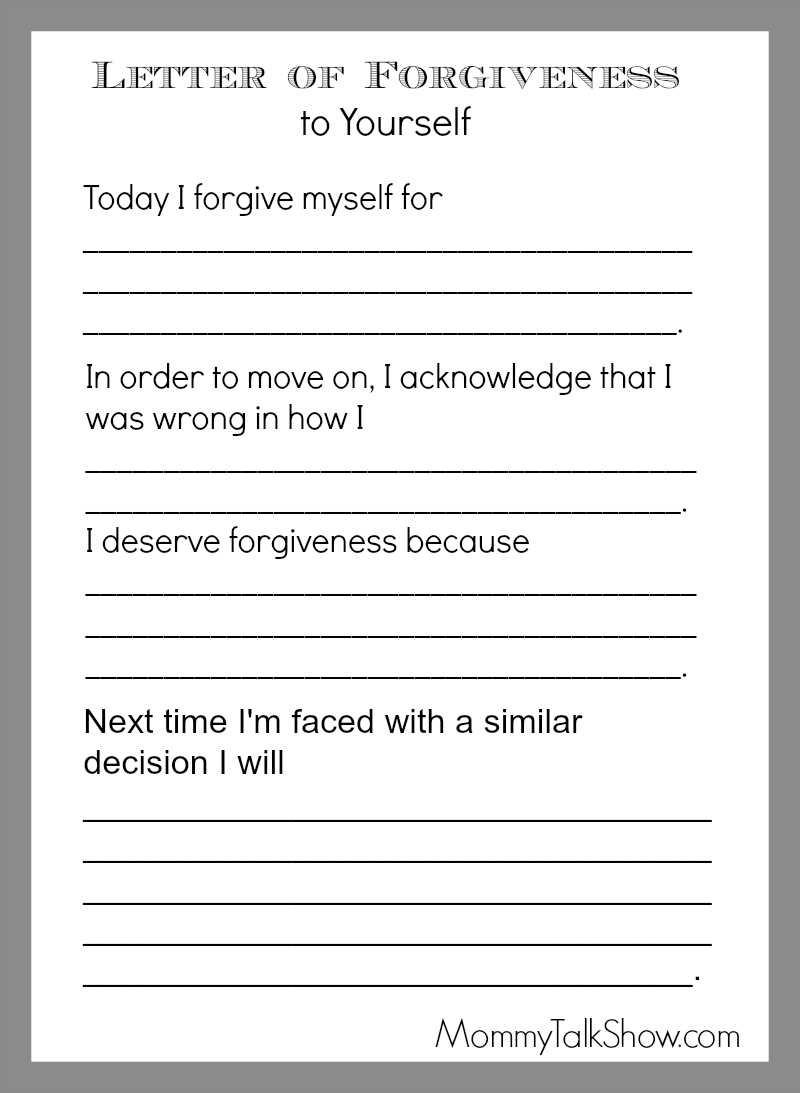Self Forgiveness Letter Template for Personal Healing

Releasing inner turmoil and letting go of past mistakes is a vital step in personal growth. Writing about our struggles can serve as a powerful method of reconciliation with ourselves, allowing us to confront and understand our feelings. Through written words, we can begin the journey of acceptance, offering us a chance to make peace with past actions.
Expressing regret and seeking internal harmony helps pave the way toward emotional well-being. By putting thoughts into words, we create a space for reflection and emotional release. This process is more than just an exercise in writing; it is an opportunity for genuine healing and a commitment to emotional freedom.
Engaging with your emotions through structured writing encourages a deeper connection with personal healing. The process involves not only acknowledging past wrongs but also understanding their impact on our growth. Writing allows individuals to work through feelings of guilt, pain, or frustration in a way that fosters self-compassion and inner peace.
Whether you are looking to restore balance in your emotional life or simply need a method to clear your mind, this practice can be transformative. It offers an effective approach to addressing unresolved feelings, ultimately contributing to mental clarity and improved emotional resilience.
Why Self Forgiveness is Important
Letting go of emotional burdens is crucial for personal growth and well-being. Holding onto regret, guilt, or past mistakes can prevent us from moving forward and hinder our emotional healing. The ability to release negative feelings toward oneself is fundamental in achieving mental clarity, peace, and overall happiness.
Emotional Healing and Moving Forward
When we fail to make peace with our past actions, we often carry unnecessary weight that affects our present lives. Unresolved emotional conflicts can manifest as stress, anxiety, or even physical ailments. Allowing ourselves to heal by acknowledging and releasing guilt empowers us to live in the present and build a future free from past emotional chains.
Restoring Self-Compassion and Confidence
Accepting our imperfections is a vital part of self-love. Recognizing that everyone makes mistakes can help restore confidence and compassion within ourselves. This practice allows us to see ourselves with greater kindness and gives us the strength to face challenges without being burdened by past errors.
| Benefit | Description |
|---|---|
| Emotional Freedom | Releasing past emotional wounds frees the mind and allows for personal growth. |
| Improved Relationships | Healing within yourself often leads to healthier connections with others. |
| Increased Confidence | Learning to accept past mistakes fosters a sense of self-assurance and strength. |
How Writing Heals Emotional Wounds
Expressing emotions through written words offers a unique way to process and release internal struggles. Putting feelings on paper allows us to confront difficult thoughts, making them more tangible and manageable. This practice creates a safe space for emotional release, helping to ease the pain caused by unresolved issues.
Writing provides clarity by helping individuals articulate what might otherwise remain unspoken. The act of writing often leads to greater understanding of one’s emotions and thoughts. By giving words to complex feelings, we can untangle the emotional knots that have been holding us back, offering relief and insight.
Reflection and expression through writing also enable a deeper connection with ourselves. As we write, we may uncover feelings we didn’t realize we were carrying, offering an opportunity for catharsis and personal growth. Writing is a therapeutic outlet that not only releases pent-up emotions but also invites healing from within.
Key Components of a Forgiveness Letter

Crafting a heartfelt message aimed at emotional healing involves several important elements that guide the writer toward resolution and inner peace. Each part of the message serves a specific purpose, helping the writer address their feelings, take responsibility for their actions, and ultimately move forward with compassion.
The opening should begin with a sincere acknowledgment of the pain caused, allowing space to reflect on past mistakes. This is followed by an honest expression of regret, demonstrating the willingness to make amends. Acknowledging the emotional impact of one’s actions plays a crucial role in accepting responsibility.
The next component involves offering empathy and understanding toward oneself. By recognizing the lessons learned and embracing the opportunity for growth, the writer can open the door to healing. The closing should then reinforce the commitment to moving forward with kindness and a renewed sense of purpose, freeing oneself from the burden of past mistakes.
Steps to Craft Your Personal Letter
Creating a meaningful written expression that facilitates emotional healing requires careful thought and introspection. The process involves breaking down complex emotions into clear, honest, and compassionate words that can guide the writer toward acceptance and inner peace. Below are essential steps to help you structure your message and make the process of emotional release more effective.
Start by identifying the specific emotions you wish to address. Acknowledge the feelings that have been weighing heavily on your mind, whether they involve regret, guilt, or frustration. Once identified, it becomes easier to direct your message toward these emotions, making the writing process more focused.
Next, take responsibility for your actions without placing blame on others or external circumstances. This step is crucial for embracing accountability and understanding the impact of your behavior. Writing honestly about the consequences helps in gaining a sense of ownership over the situation.
As you continue, express empathy toward yourself. Recognize your imperfections and the growth that has occurred from the experience. Let go of the burden of self-criticism and replace it with compassion. Finally, conclude by reaffirming your commitment to moving forward with a clear heart and mind, free from the weight of past errors.
Common Mistakes to Avoid in Writing

While expressing emotions through writing can be an incredibly therapeutic process, certain pitfalls can hinder its effectiveness. Recognizing and avoiding common mistakes will ensure that the message serves its purpose in fostering healing and clarity. Here are some of the most frequent errors people make when writing to address their inner struggles.
- Being overly critical – While acknowledging mistakes is important, excessive self-criticism can prevent emotional healing. Focus on expressing empathy and understanding instead of harsh judgment.
- Rushing the process – Writing should be done with care and patience. Rushing through the process can result in a lack of depth and reflection. Take your time to truly explore your emotions.
- Focusing solely on blame – It’s essential to take responsibility for your actions, but don’t dwell only on blaming yourself. Focus on growth and healing instead of continuously revisiting past mistakes.
- Not being honest – Inauthenticity can weaken the impact of your words. Be honest and open about your feelings, even if it means confronting uncomfortable truths.
- Ignoring the need for closure – The goal of writing is to move toward peace and closure. Avoid leaving the message open-ended or unresolved. Clearly express your intention to move forward with a lighter heart.
By being mindful of these mistakes, you can ensure that your written expression serves its true purpose – to facilitate emotional release and pave the way for personal growth and peace.
Benefits of Regular Self Forgiveness Practice

Engaging in the practice of releasing guilt and embracing personal growth on a consistent basis can lead to profound positive changes in one’s emotional and mental well-being. Regularly reflecting on past actions and making peace with them not only promotes healing but also enhances overall resilience and emotional balance. Below are some of the key benefits of cultivating this practice regularly.
- Improved Mental Health – Regularly addressing unresolved emotions can significantly reduce feelings of anxiety, depression, and stress, fostering a more balanced state of mind.
- Enhanced Emotional Resilience – By frequently acknowledging and letting go of past mistakes, individuals develop greater emotional strength, allowing them to handle challenges more effectively.
- Better Self-Compassion – Practicing acceptance and understanding of one’s imperfections leads to increased self-love and kindness, helping individuals to nurture a positive self-image.
- Clearer Focus on the Present – Letting go of emotional baggage allows for greater presence in the moment, improving the ability to focus on current goals and responsibilities without distraction.
- Stronger Relationships – As individuals learn to make peace with their own actions, they can approach relationships with more empathy and understanding, leading to healthier and more fulfilling connections with others.
Incorporating this practice into daily life not only contributes to emotional well-being but also promotes a sense of inner peace that can ripple out into other areas of one’s life.